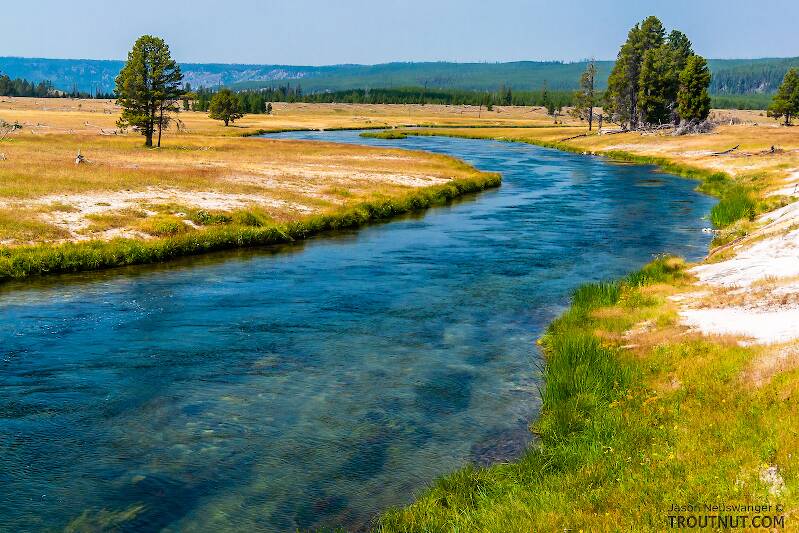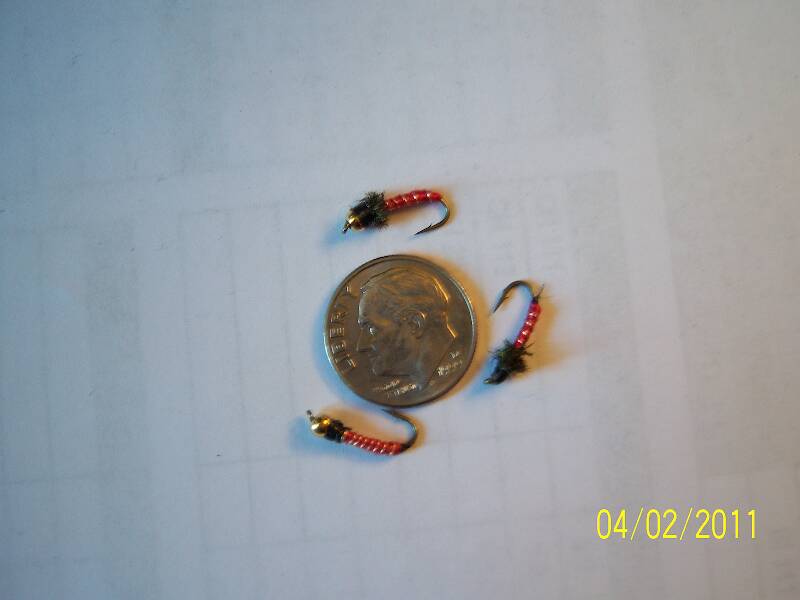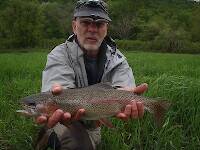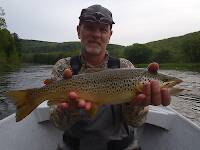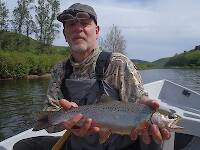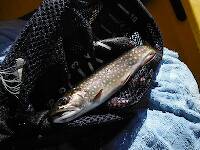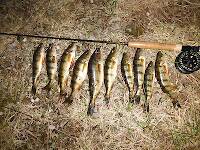
Hex Mayflies
Hexagenia limbata
The famous nocturnal Hex hatch of the Midwest (and a few other lucky locations) stirs to the surface mythically large brown trout that only touch streamers for the rest of the year.
Featured on the forum

This specimen resembled several others of around the same size and perhaps the same species, which were pretty common in my February sample from the upper Yakima. Unfortunately, I misplaced the specimen before I could get it under a microscope for a definitive ID.

Troutnut is a project started in 2003 by salmonid ecologist Jason "Troutnut" Neuswanger to help anglers and
fly tyers unabashedly embrace the entomological side of the sport. Learn more about Troutnut or
support the project for an enhanced experience here.
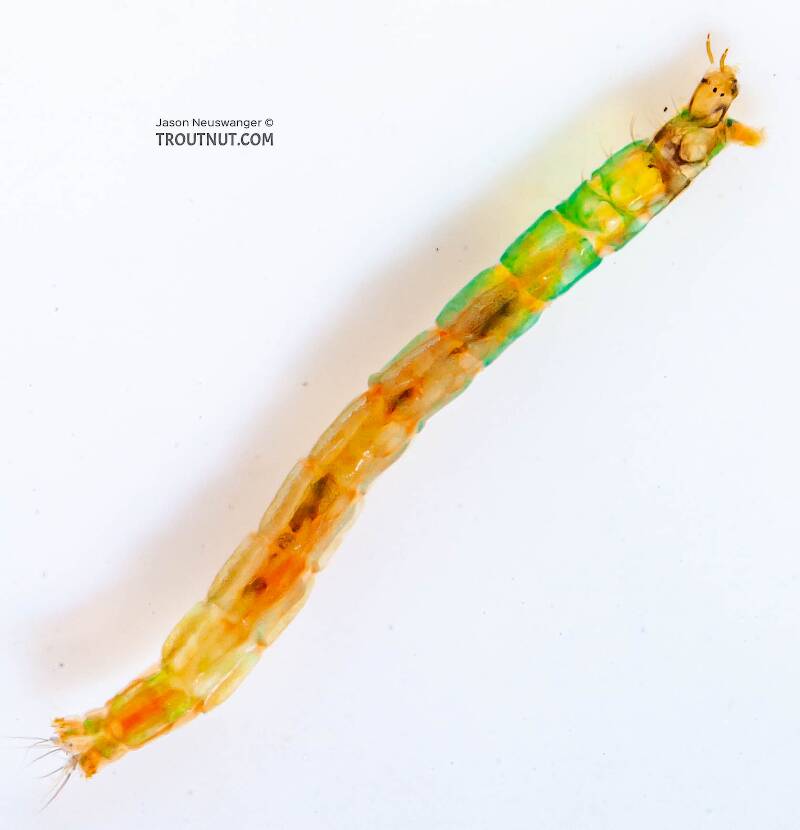
This peculiar midge lived in a case tightly fixed to a rock, with several others of its kind. The case seems to be made of tiny grains of sand. I'm not sure what the function is for the little lines sticking out the front, because they aren't legs.
Mike28 on Mar 27, 2014March 27th, 2014, 7:57 pm EDT
I have a small tank with some of these on the rocks and noticed the midges coming out and cleaning the lines so I talked to my stream ecology professor and he told me I have rheotanytarsus and along those lines there are small lines of silk that they use to collect food just in case anyone was still wondering.
Entoman on Mar 28, 2014March 28th, 2014, 5:32 am EDT
Welcome to the forum, Mike! Thanks for the info. One of the great things about this site is that your post is linked to the specimen for future reference. Are you majoring in biology?
"It's not that I find fishing so important, it's just that I find all other endeavors of Man equally unimportant... And not nearly as much fun!" Robert Traver, Anatomy of a Fisherman
Quick Reply
Related Discussions
Topic
Replies
Last Reply
22
Mar 26, 2012
by PaulRoberts
by PaulRoberts
2
May 17, 2018
by Subway
by Subway
14
May 5, 2016
by Martinlf
by Martinlf
5
Jul 15, 2012
by Jmd123
by Jmd123

